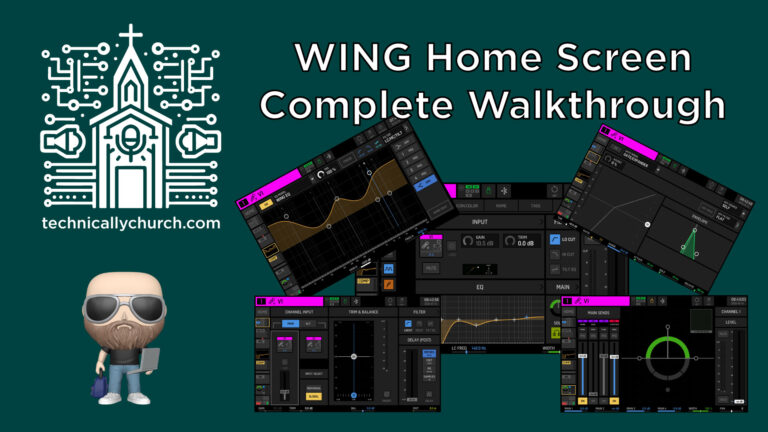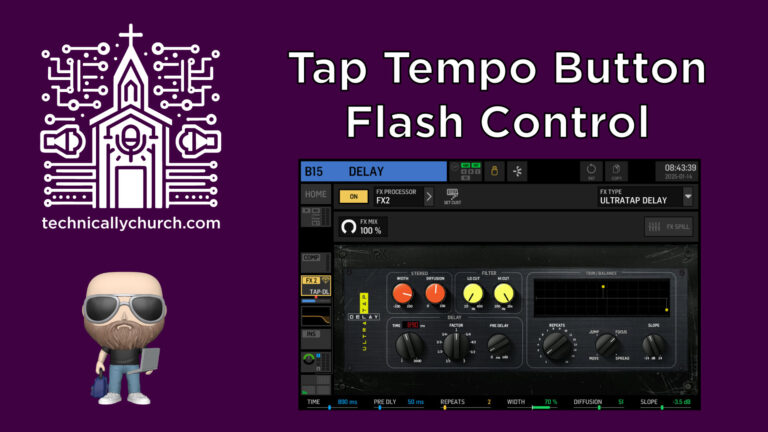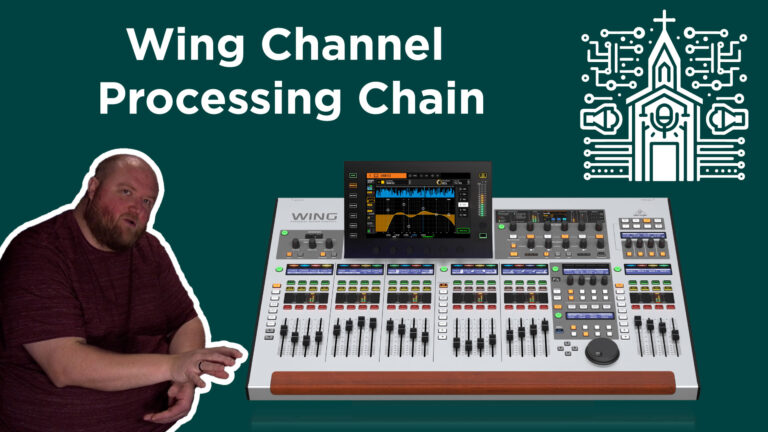Behringer Wing Mixing Essentials: Pre vs Post Fader Configurations
Optimizing Pre- and Post-Fader Settings on the Behringer Wing
Introduction
Understanding and configuring pre- and post-fader settings are crucial for sound engineers using the Behringer Wing mixer. These settings play a pivotal role in how signal routing and mixing are handled for both buses and individual channels. This article provides a comprehensive guide on managing these settings effectively.
Pre- and Post-Fader Basics
- Buses Settings: The Behringer Wing features 16 buses, each of which can be set as pre- or post-fader.
- Individual Channel Settings: Beyond the bus settings, each channel on the mixer can also have its own pre- or post-fader setting relative to each bus.
Configuring Bus Settings
- Accessing Bus Masters: Navigate to the ‘Bus Masters’ section to adjust settings for each bus.
- Setting Tap Points: The tap point, which indicates the pre-fader point, can be adjusted to determine where in the signal chain the audio is sent from.
- Choosing Post-Fader: Alternatively, setting a bus to post-fader will link the bus’s audio level to the fader position of the corresponding channels.
Channel-Specific Settings
- Channel Bus Settings: Within each channel’s settings, there are options for adjusting how that channel interacts with each bus.
- Linking to Bus Settings: By default, the channel’s setting is linked to the bus’s setting (pre- or post-fader).
- Customizing Channel Settings: For more nuanced control, each channel can be set independently to pre- or post-fader for each bus.
Practical Applications
This flexibility is particularly beneficial in scenarios like in-ear monitor mixes where certain channels might need different pre- or post-fader settings compared to the main mix or other monitor mixes.
Conclusion
The ability to fine-tune pre- and post-fader settings for
buses and individual channels on the Behringer Wing provides sound engineers with robust control over their mixes. This feature enables tailored audio experiences for different applications, whether for monitor mixes, front-of-house mixes, or recording scenarios. Mastering these settings can significantly impact the overall quality and functionality of live sound reinforcement and studio recordings.






